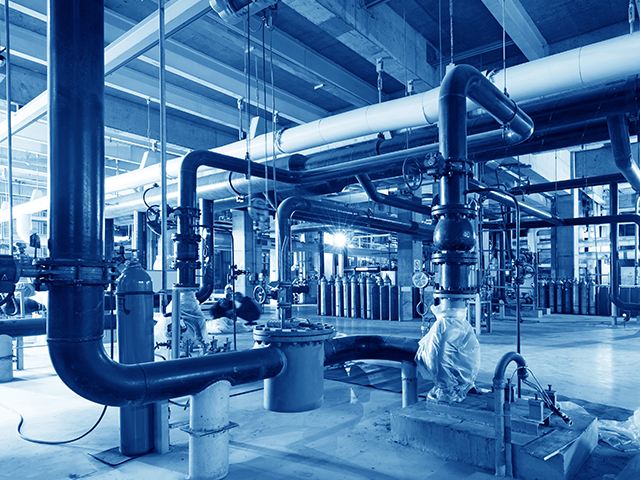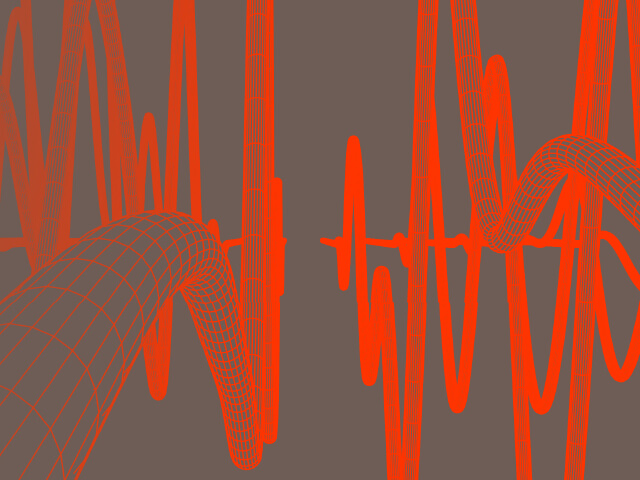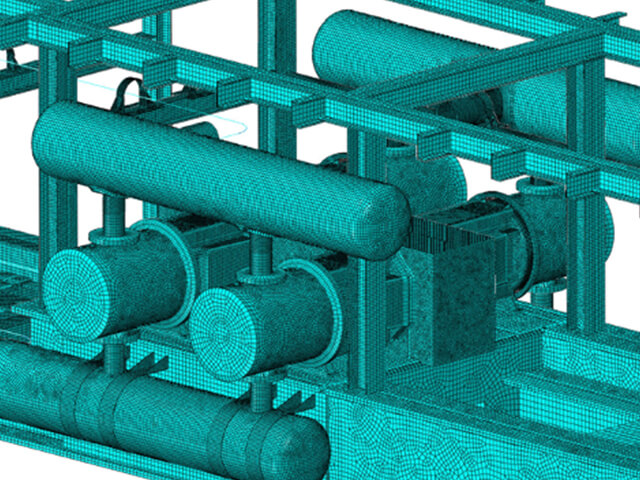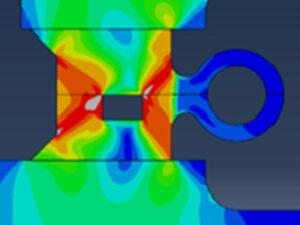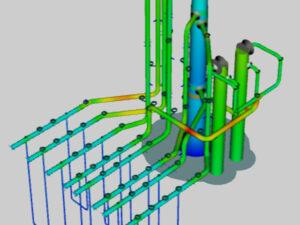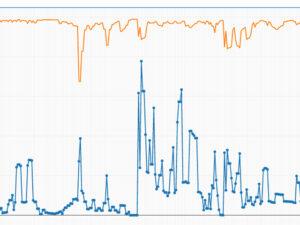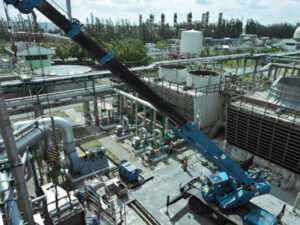
Bolted Flange Joint Assembly and Integrity
Learn how to improve performance by adopting inspection and maintenance best practices and applying advanced finite element analysis (FEA). This article discusses key design and operational considerations, drawing from codes and standards as well as Equity Engineering’s experience in assessing bolted joints.

